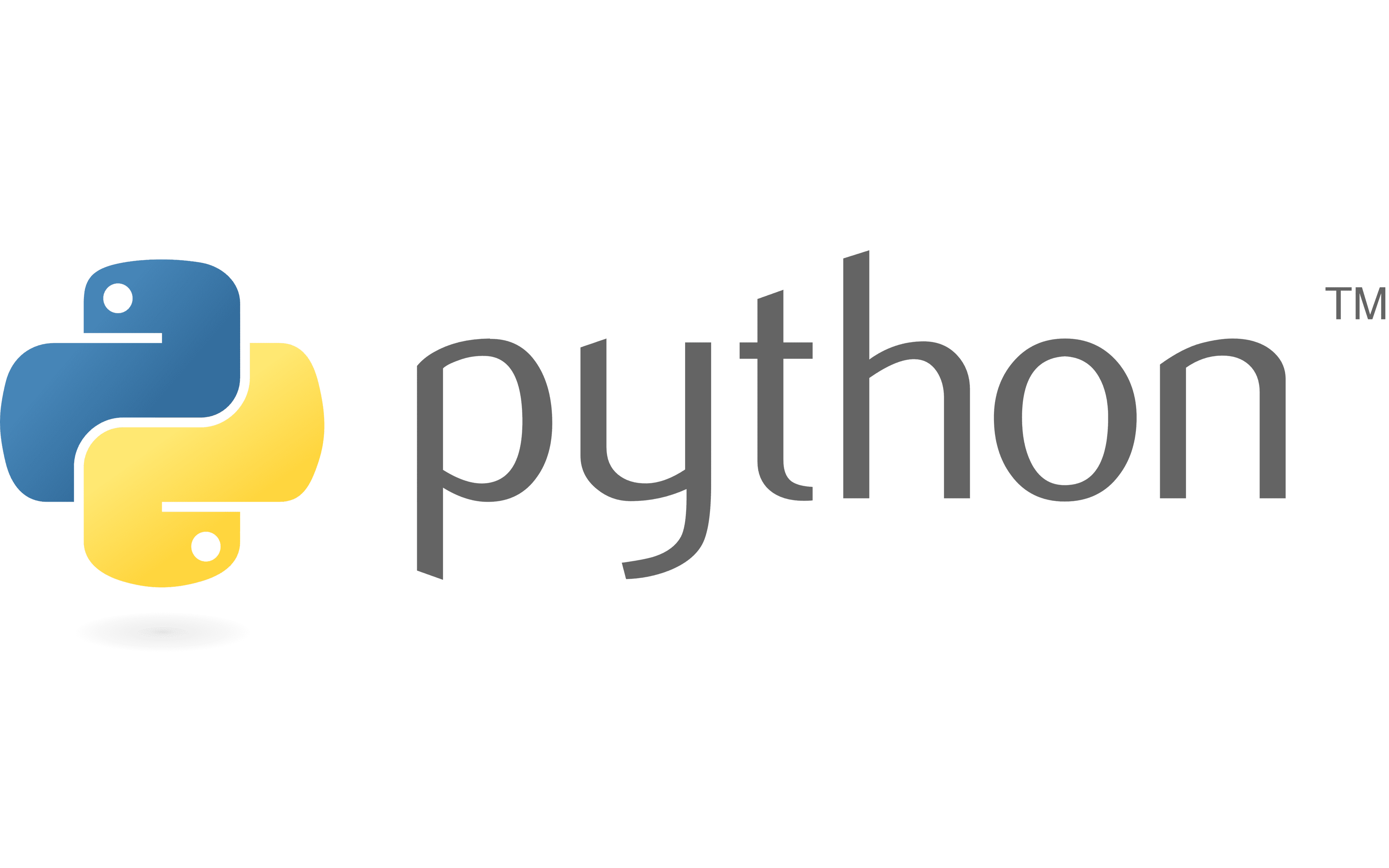Python DateTime – strptime() Function
Introduction
The manipulation and handling of date and time in programming are essential for various applications. Python, being a versatile programming language, offers a robust DateTime module that simplifies working with dates and times. One crucial function within the DateTime module is strptime(), which stands for “string parse time.” In this blog post, we’ll delve into the details of the strptime() function and explore how it can be a powerful tool for parsing strings into DateTime objects.

Table of contents
Understanding the `strptime()` Function
The `strptime()` function in the Python DateTime module is used to parse a string representing a date and time and convert it into a DateTime object. It takes two arguments: the string to be parsed and the format of the string.
The string format is specified using formatting directives, which are placeholders representing different date and time components. These formatting directives are used to extract the relevant information from the string and create a DateTime object.
Formatting Directives for `strptime()`
The `strptime()` function uses various formatting directives to specify the string format. Here are some commonly used formatting directives:
1. `%Y` – Year: This directive represents the year in four digits. For example, `%Y` will parse the year as ‘2022’.
2. `%m` – Month: This directive represents the month in two digits. For example, `%m` will parse the month as ’01’ for January.
3. `%d` – Day: This directive represents the day in two digits. For example, `%d` will parse the day as ’01’.
4. `%H` – Hour: This directive represents the hour in a 24-hour format. For example, `%H` will parse the hour as ’13’ for 1 PM.
5. `%M` – Minute: This directive represents the minute in two digits. For example, `%M` will parse the minute as ’30’.
6. `%S` – Second: This directive represents the second in two digits. For example, `%S` will parse the second as ’45’.
7. `%A` – Weekday (Full name): This directive represents the weekday’s full name. For example, `%A` will parse the weekday as ‘Monday’.
8. `%a` – Weekday (Abbreviation): This directive is used to represent the abbreviation of the weekday. For example, `%a` will parse the weekday as ‘Mon’.
9. `%B` – Month (Full name): This directive represents the month’s full name. For example, `%B` will parse the month as ‘January’.
10. `%b` – Month (Abbreviation): This directive represents the abbreviation of the month. For example, `%b` will parse the month as ‘Jan’.
11. `%p` – AM/PM Indicator: This directive represents the AM/PM indicator. For example, `%p` will parse the indicator as ‘AM’ or ‘PM’.
12. `%Z` – Timezone: This directive represents the timezone. For example, `%Z` will parse the timezone as ‘UTC’ or ‘GMT’.
Examples of Using `strptime()`
Converting a String to a Python DateTime Object
Suppose we have a string representation of a date and time: ‘2022-01-01 13:30:45’. We can use the `strptime()` function to convert this string into a DateTime object as follows:
Code:
from datetime import datetime
date_string = '2022-01-01 13:30:45'
date_object = datetime.strptime(date_string, '%Y-%m-%d %H:%M:%S')
print(date_object)Output:
2022-01-01 13:30:45
Handling Different Date Formats
The `strptime()` function can handle different date formats. Let’s say we have a string representation of a date in the format ’01-Jan-2022′. We can use the `strptime()` function with the appropriate format directive to convert this string into a DateTime object:
Code:
from datetime import datetime
date_string = '01-Jan-2022'
date_object = datetime.strptime(date_string, '%d-%b-%Y')
print(date_object)Output:
2022-01-01 00:00:00
Parsing Timezones with `strptime()`
The `strptime()` function can also parse time zones. Let’s say we have a string representation of a date and time with a timezone: ‘2022-01-01 13:30:45 UTC’. We can use the `strptime()` function with the appropriate format directive to convert this string into a DateTime object:
Code:
from datetime import datetime
date_string = '2022-01-01 13:30:45 UTC'
date_object = datetime.strptime(date_string, '%Y-%m-%d %H:%M:%S %Z')
print(date_object)Output:
2022-01-01 13:30:45+00:00
Common Errors and Troubleshooting
`ValueError: Unconverted Data Remains`
Sometimes, when using the `strptime()` function, you may encounter a ValueError with the message “Unconverted data remains”. This error occurs when additional data in the string is not converted according to the specified format. To fix this error, ensure the format matches the string exactly.
Code:
from datetime import datetime
date_string = '2022-01-01 13:30:45 ExtraData'
try:
date_object = datetime.strptime(date_string, '%Y-%m-%d %H:%M:%S')
print(date_object)
except ValueError as e:
print(f"Error: {e}")Output:
Error: unconverted data remains: ExtraData
`ValueError: time data ‘…’ does not match format ‘…’`
Another common error is the ValueError with the message “time data ‘…’ does not match format ‘…'”. This error occurs when the string does not match the specified format. Double-check the format and the string to ensure they are compatible.
Code:
from datetime import datetime
date_string = '01-01-2022'
try:
date_object = datetime.strptime(date_string, '%Y-%m-%d')
print(date_object)
except ValueError as e:
print(f"Error: {e}")Output:
Error: time data ’01-01-2022′ does not match format ‘%Y-%m-%d’
Handling Invalid Dates or Times
The `strptime()` function does not handle invalid dates or times by default. If you pass an invalid date or time, it will raise a ValueError. You can use exception handling with a try-except block to handle invalid dates or times.
Code:
from datetime import datetime
date_string = '2022-02-30'
try:
date_object = datetime.strptime(date_string, '%Y-%m-%d')
print(date_object)
except ValueError as e:
print(f"Error: {e}")Output:
Error: day is out of range for month

Best Practices and Tips for Using `strptime()`
Specifying the Correct Format
When using the `strptime()` function, it is crucial to specify the correct format for the string. Make sure to match the formatting directives with the corresponding components in the string. Failure to do so may result in incorrect parsing or ValueError.
Handling Ambiguous Dates
Ambiguous dates, such as ’01-02-2022′, can be interpreted differently depending on the date format. To avoid ambiguity, using unambiguous date formats or providing additional context to clarify the date is recommended.
Dealing with Timezone Differences
When parsing strings with timezones, it is essential to consider the timezone differences. Ensure that the DateTime object is in the correct timezone or convert it to a desired timezone using the appropriate methods.
Conclusion
The `strptime()` function in the Python DateTime module is a powerful tool for converting string representations of dates and times into DateTime objects. By understanding the formatting directives and following best practices, you can effectively parse and manipulate dates and times in your Python programs.
Ready to embark on a journey to master Python and delve into the exciting realms of Artificial Intelligence and Machine Learning? Join our Certified AI & ML BlackBelt Plus Program today! Whether you’re a beginner eager to start your programming journey or an experienced developer looking to upskill, our comprehensive program caters to all skill levels. Gain hands-on experience, receive expert guidance, and unlock the potential of Python in the dynamic fields of AI and ML. Don’t miss this opportunity to become a certified Python AI & ML BlackBelt – enroll now and take the first step towards a rewarding and future-proof career!








